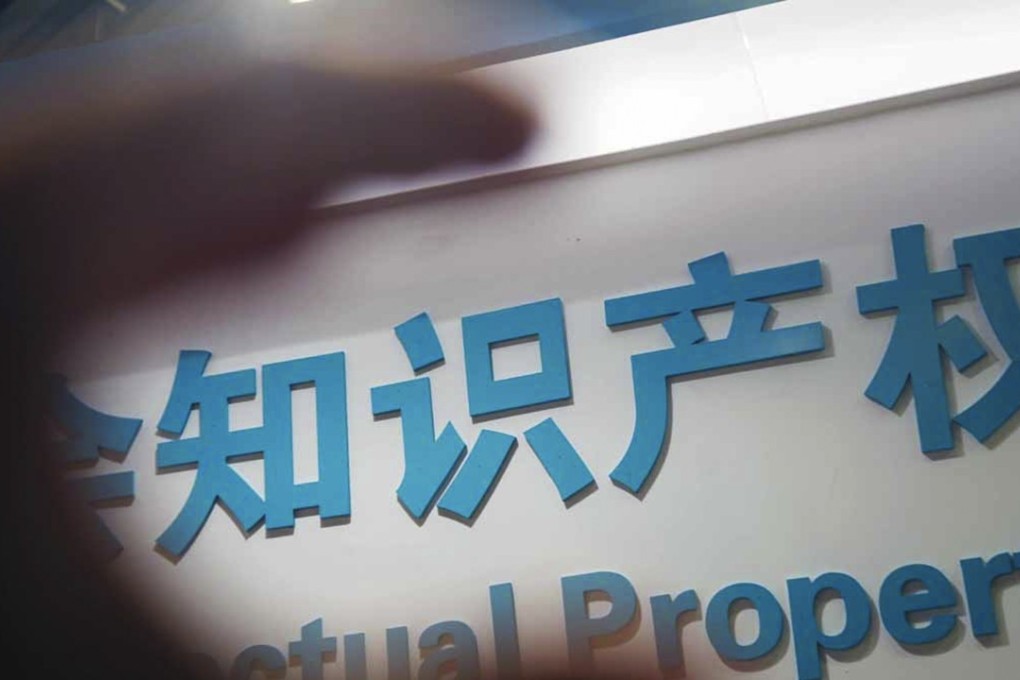China seeks to offer greater protection in emerging markets
‘Belt and Road Initiative’ has many doubters, with some observers sceptical about protection of IP. But there are ways to mitigate the risks

China’s grand scheme to export goods across half the globe seems like a nebulous concept to many, particularly as it includes jurisdictions where intellectual property (IP) is not strongly protected.
Elliot Papageorgiou, partner at Clyde & Co, has practised IP law on four continents since 1995. He believes there are ways to protect IP when entering emerging markets.
“If you compare China to the US, the UK and the rest of western Europe, there is still a need to catch up on IP. But out of the 65 countries that China has identified as part of the ‘Belt and Road Initiative’, around 60 have, in some areas, a weaker IP protection system than China,” Papageorgiou says.
The Chinese government has every incentive to protect IP because the issue is starting to affect a critical mass of Chinese-owned IP.
The Chinese government has been making all the right noises in terms of IP protection. It has hosted conferences about the topic, and engaged experts. But observers wonder if this will lead to IP protection in countries along the path of Beijing’s global trade initiative.
“The Chinese government has every incentive to protect IP because the issue is starting to affect a critical mass of Chinese-owned IP. China is going to be the origin of much of the trade along the Belt and Road [route], so it will also run a risk of its indigenous IP being lost,” Papageorgiou says.
Estimates indicate that more than 98 per cent of the 213,000 new IP litigations started in China last year were Chinese companies litigating against other Chinese companies.
Most of the products on the Belt and Road [route] will originate from China, while the resources will flow in the opposite direction. So it is imperative for China to seek ways to protect its own IP.
